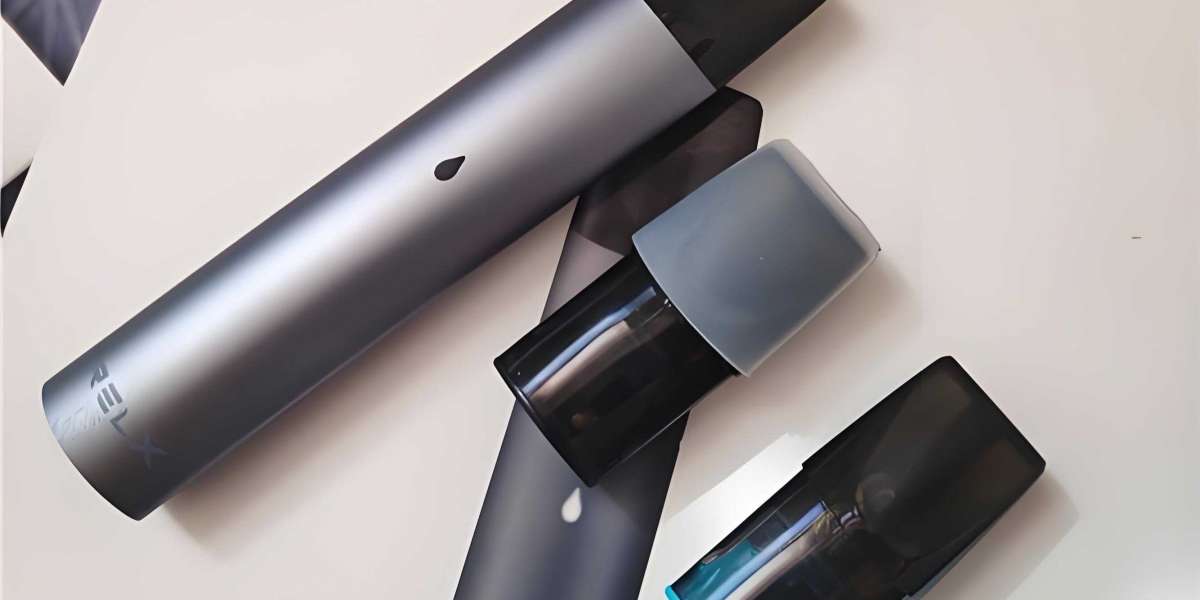A handheld laser rust remover is an advanced tool that uses high-powered laser beams to clean rust, paint, and other contaminants from metal surfaces. Unlike traditional methods such as sanding, grinding, or chemical treatments, laser rust removal is precise, eco-friendly, and requires minimal surface preparation.
How It Works
Laser rust removal operates on the principle of laser ablation. The device emits a high-intensity laser beam that interacts with the rust layer. When the laser hits the rusted surface, the contaminants absorb the energy and vaporize or turn into fine dust particles, leaving behind a clean metal surface. The process is non-contact, meaning it does not physically touch the material, reducing wear and tear.
There are different types of lasers used in rust removal, with fiber lasers being the most common due to their efficiency and durability. The intensity of the laser can be adjusted based on the level of rust and the type of material being cleaned. Most handheld laser rust removers come with a scanning system that ensures even coverage and prevents damage to the metal underneath.
Advantages Over Traditional Methods
Precision and Efficiency
Laser rust removers target only the rust without affecting the underlying metal. Unlike grinding or sanding, which can remove part of the base material, lasers ensure precise cleaning. This makes them ideal for delicate and high-value components like automotive parts, aircraft structures, and historical artifacts.No Chemicals or Abrasives
Traditional rust removal methods often rely on harsh chemicals that can be hazardous to both the user and the environment. Laser rust removal eliminates the need for toxic chemicals, making it a safer and more eco-friendly solution.Minimal Surface Damage
Abrasive methods like sandblasting or wire brushing can create micro-scratches or weaken the metal surface. In contrast, laser cleaning is a non-abrasive process that preserves the integrity of the material.Cost-Effective in the Long Run
While handheld laser rust removers may have a high initial cost, they save money over time. There are no recurring costs for consumables like sandpaper, chemical solutions, or protective gear. Additionally, the maintenance requirements are lower compared to other methods.Versatile and Portable
Handheld laser rust removers are easy to carry and can be used on a wide range of surfaces. From industrial machinery to small household tools, they offer versatility in rust removal applications.
Applications
Automotive Industry: Used for restoring rusted car parts, frames, and machinery.
Shipbuilding and Marine Maintenance: Removes corrosion from ship hulls and components.
Manufacturing and Industrial Equipment: Keeps machines and tools rust-free for better performance.
Historical Artifact Restoration: Cleans rust without damaging delicate engravings or markings.
Conclusion
Handheld laser rust removers are revolutionizing the way rust is removed. Their precision, eco-friendliness, and efficiency make them a superior alternative to traditional methods. Although the initial investment may be high, the long-term benefits in terms of cost savings, safety, and effectiveness make them an excellent choice for various industries.







